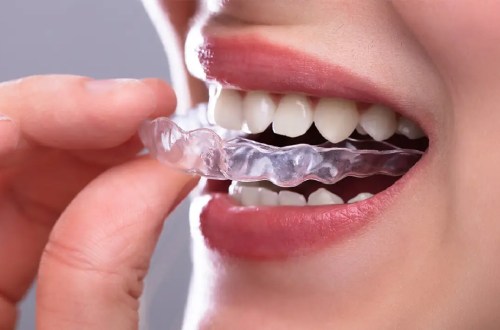Water is considered a universal solvent because of its ability to dissolve and absorb molecules from various substances, and the number of dissolved particles in a volume of water is called the total dissolved solids (TDS) level. Using a TDS metre, you can measure the TDS, or total dissolved solids, of your drinking water.
Just like a fish tank, your water can become cloudy and murky from high TDS levels. That is why it’s important to understand what exactly total dissolved solids are, what is TDS in water and how it affects quality, and how to reduce total dissolved solids in your water.
The TDS Level of your water can influence the flavor, smell and overall appearance of your water. Learn more about testing and reducing total dissolved solids in your home with this guide.
The TDS Level of your water can influence the flavor, smell and overall appearance of your water. Learn more about testing and reducing total dissolved solids in your home with this guide.
When you send a water sample to our lab, we analyze your water for a wide range of pollutants, including total dissolved solids. These are inorganic salts and small amounts of organic matter that are suspended in water.
Total Dissolved Solids (TDS) refer to the combined content of all inorganic and organic substances contained in a liquid in molecular, ionized or micro-granular (colloidal sol) suspended form. Generally the operational definition is that the solids must be sufficiently small enough such that they will pass through a filter with two-micrometre pores. High TDSLevels indicate contamination of water due to household detergents and other industrial effluents. The presence of TDS could also cause odor, taste and color problems in water.
Total dissolved solids are measured in parts per million (ppm). Water that contains less than 500 ppm of total dissolved solids is excellent source of drinking water. Tap water with a TDS level below 150 PPM is considered to be a good source of water.
“TDS” stands for “total dissolved solids”. TDS refers to the total quantity of dissolved minerals found in water. Softened water does not contain any undesirable substances like sodium and minerals. If you want to know if your ingredients are being maximized, drink some water before and after using your water softener. This will tell you how much your softener is improving the taste of your food and beverages, as well as saving you money by reducing the need for detergents and shampoos.
Total dissolved solids have a negative effect on taste. For example, when water absorbs too much calcium and magnesium, it’s known as “hard water.” Hard water leaves behind mineral deposits called limescale when it evaporates. These minerals can also leave soap scum around sinks and tubs, spot glasses after coming out of the dishwasher, and clog pipes. Hard water is especially tough on appliances that use heated water, such as dishwashers and washing machines.
Total dissolved solids (TDS) are defined as inorganic salts and small amounts of organic matter that can be dissolved in types of water. TDS concentrations are often specified for various industrial and residential water treatment products, including filter cartridges and reverse osmosis membranes.






